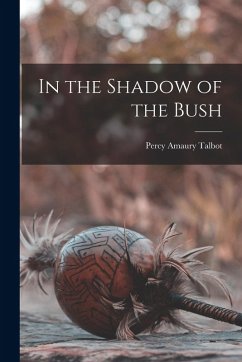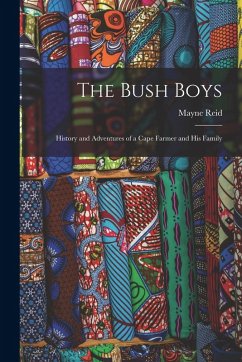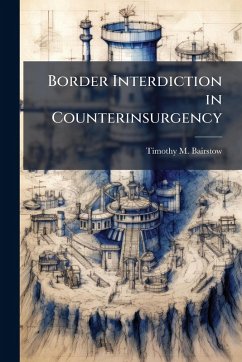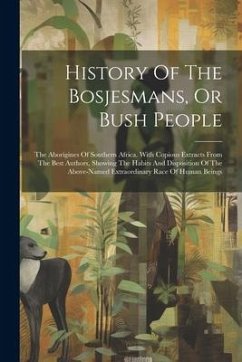
Bush War

PAYBACK Punkte
8 °P sammeln!
The purpose of this monograph is to examine the use of indigenous surrogates by both the Republic of South Africa and Rhodesia in Southern Africa's Bush Wars from 1975 to 1989. The Bush Wars are of significance because the use of surrogates in each case represents policy and doctrine that is outside of the United States military's traditional understanding and employment of surrogates. The methodology of this paper is to analyze two unique surrogate forces to determine if they significantly contributed to the accomplishment of strategic aims and operational objectives. Such an examination is r...
The purpose of this monograph is to examine the use of indigenous surrogates by both the Republic of South Africa and Rhodesia in Southern Africa's Bush Wars from 1975 to 1989. The Bush Wars are of significance because the use of surrogates in each case represents policy and doctrine that is outside of the United States military's traditional understanding and employment of surrogates. The methodology of this paper is to analyze two unique surrogate forces to determine if they significantly contributed to the accomplishment of strategic aims and operational objectives. Such an examination is relevant because current U.S. policy and strategy advocates building the capacity of foreign security forces, as well as the use of irregular surrogate forces, to achieve U.S. foreign policy objectives. Given the political and military challenges of Iraq and Afghanistan, policymakers believe that the United States can ill afford another long-duration, resource intensive, politically charged counterinsurgency campaign. The use of surrogates offers the promise of low-visibility, economy of force operations. Nonetheless, enthusiasm for the use of surrogates must be tempered by the reality that surrogates are not a substitute for effective operational art and strategy. This work has been selected by scholars as being culturally important, and is part of the knowledge base of civilization as we know it. This work was reproduced from the original artifact, and remains as true to the original work as possible. Therefore, you will see the original copyright references, library stamps (as most of these works have been housed in our most important libraries around the world), and other notations in the work. This work is in the public domain in the United States of America, and possibly other nations. Within the United States, you may freely copy and distribute this work, as no entity (individual or corporate) has a copyright on the body of the work. As a reproduction of a historical artifact, this work may contain missing or blurred pages, poor pictures, errant marks, etc. Scholars believe, and we concur, that this work is important enough to be preserved, reproduced, and made generally available to the public. We appreciate your support of the preservation process, and thank you for being an important part of keeping this knowledge alive and relevant.










![Robbery Under Arms [microform]: a Story of Life and Adventure in the Bush and in the Goldfields of Australia Cover Robbery Under Arms [microform]: a Story of Life and Adventure in the Bush and in the Goldfields of Australia](https://bilder.buecher.de/produkte/65/65526/65526384n.jpg)

